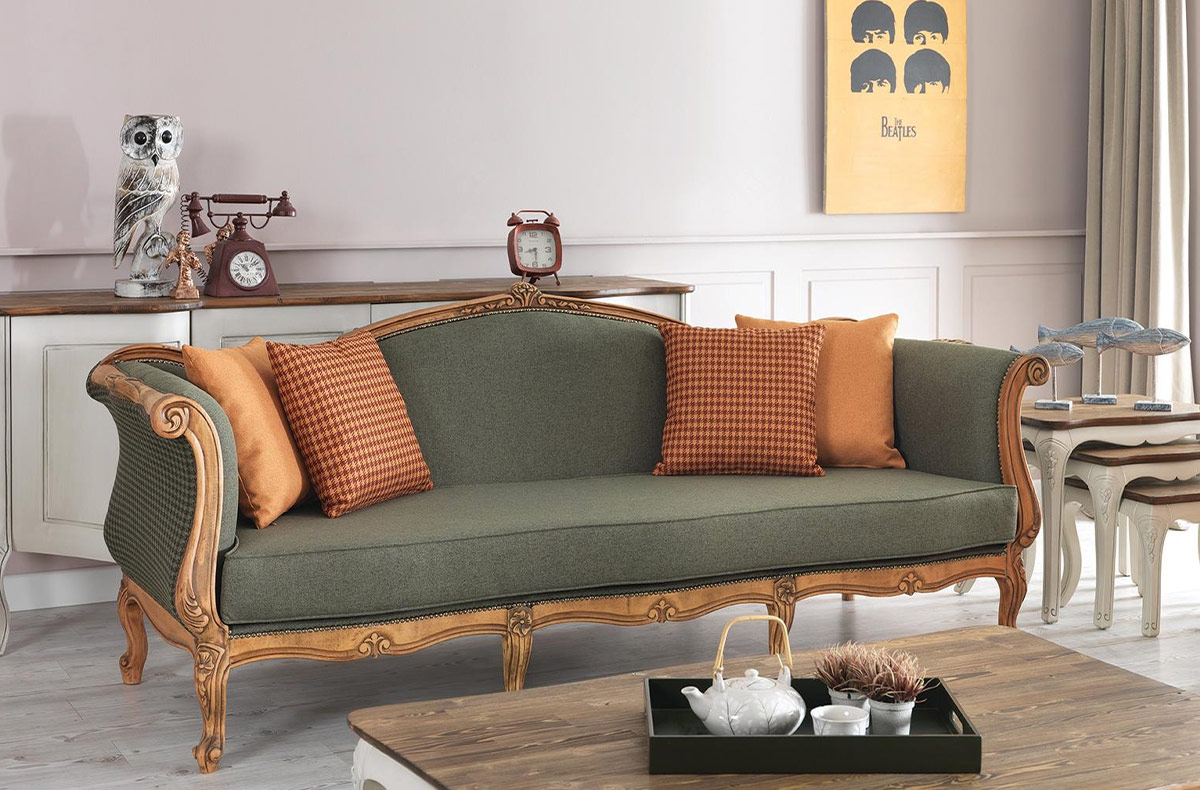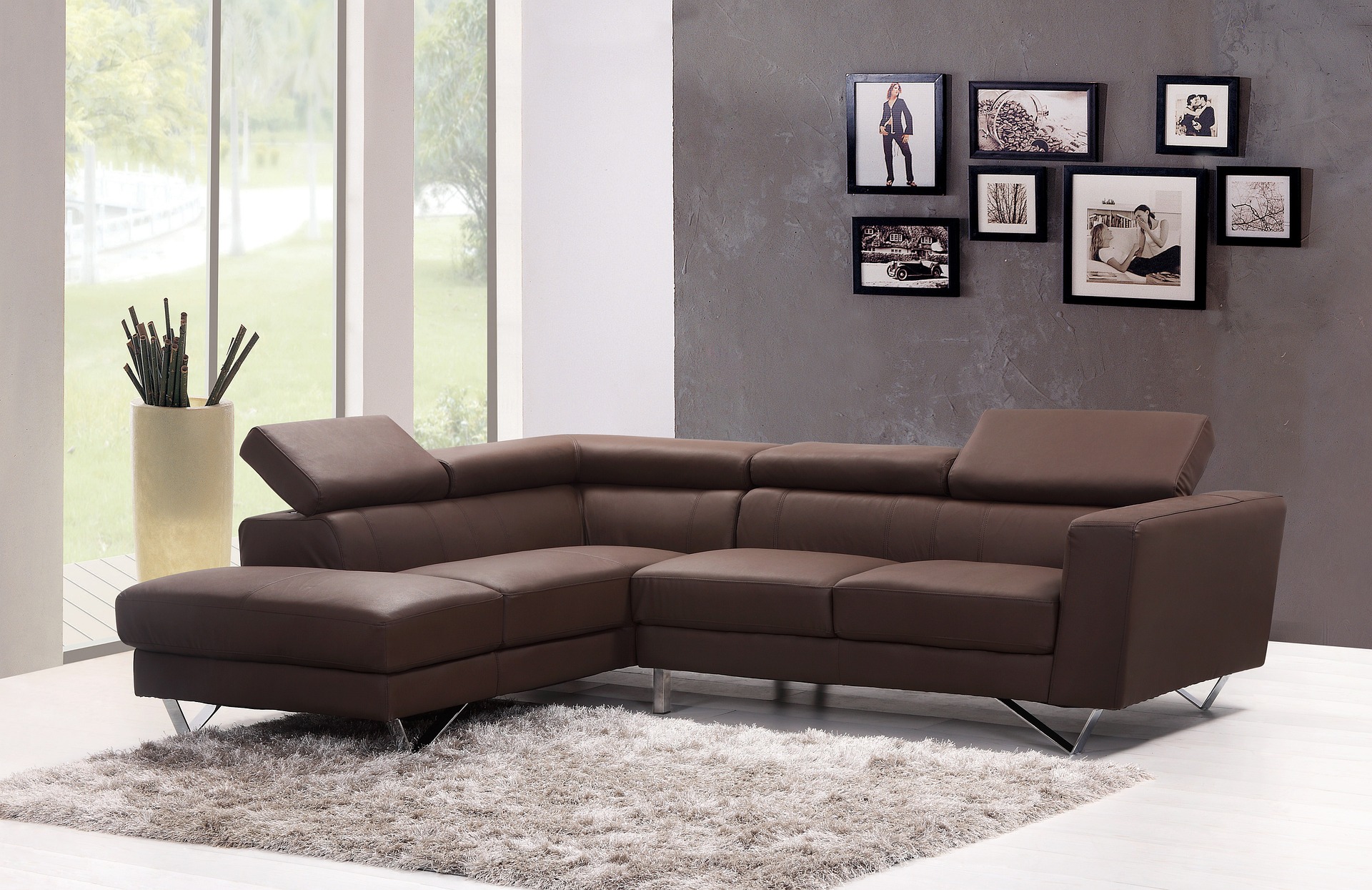Vintage sofas have a unique charm and character that can enhance the aesthetic appeal of any space. If you’re fortunate enough to own an antique or vintage sofa, restoring it to its former glory can be a fulfilling and rewarding project. Whether you’ve stumbled upon a hidden gem in a thrift store or inherited a family heirloom, this comprehensive guide will provide you with valuable tips and techniques to help you revitalize and restore your vintage sofa. From assessing its condition to selecting the right restoration methods, we’ll guide you through the process step by step.
Assessing the Condition of Your Vintage Sofa
1. Understanding the Historical Significance
– Researching the era and style of your vintage sofa
– Identifying any unique features or historical value
2. Evaluating Structural Integrity
– Checking the frame, joints, and legs for stability and signs of damage
– Assessing the condition of the springs and cushions
3. Examining the Upholstery
– Inspecting the fabric for tears, stains, and discoloration
– Determining if the original upholstery is salvageable or needs replacement
Cleaning and Preparing the Vintage Sofa
1. Dusting and Vacuuming
– Gently dusting the surface of the sofa with a soft cloth or brush
– Using a vacuum cleaner with a brush attachment to remove loose dirt and debris
2. Spot Testing
– Conducting a spot test on a small, inconspicuous area of the fabric or wood
– Checking for any adverse reactions with cleaning products or restoration methods
3. Cleaning the Upholstery
– Using appropriate cleaning methods for the specific fabric type
– Choosing gentle cleaners and following the manufacturer’s instructions.
Repairing and Restoring the Vintage Sofa
1. Repairing Structural Issues
– Reinforcing the frame or replacing damaged parts
– Repairing loose or broken joints
2. Reupholstering or Repairing the Fabric
– Deciding whether to reupholster or repair the existing fabric
– Selecting a fabric that matches the original style or complements the sofa’s era
3. Refinishing Wood Components
– Stripping the old finish and sanding the wood
– Applying a new stain or finish to enhance its natural beauty.
Upholstery Techniques for Vintage Sofas
1. Traditional Upholstery Methods
– Exploring traditional techniques such as hand-tied springs and horsehair padding
– Seeking professional assistance or learning upholstery skills for complex restoration
2. Modern Upholstery Alternatives
– Considering modern materials and techniques for more practical restoration
– Exploring options like foam padding and webbing for improved comfort and durability.
Working with Professionals
1. Seeking Expert Advice
– Consulting professional antique furniture restorers or upholsterers
– Tapping into their expertise and knowledge for complex restoration projects
2. Balancing DIY and Professional Help
– Assessing your skills, resources, and time availability
– Deciding when to tackle restoration yourself and when to seek professional assistance.
Revitalizing vintage sofas can breathe new life into these cherished pieces of antique furniture. By carefully assessing their condition, cleaning and preparing the sofa, and employing suitable repair and restoration techniques, you can restore their beauty and preserve their historical value. Whether you choose to embark on a DIY restoration journey or seek professional assistance, the rewards of reviving a vintage sofa are worth the effort.
Have specific questions about our sofa repair process or want to discuss your unique requirements? Reach out to us directly via WhatsApp at Message Trendeco, and our friendly team will be happy to assist you. for more information visit our Sofa Repair Page to get started on the journey to a beautifully restored sofa.”
FAQs
1. Can I restore a severely damaged vintage sofa?
The feasibility of restoring a severely damaged vintage sofa depends on the extent of the damage and the availability of resources. In some cases, extensive repairs and reupholstering may be necessary, but it’s best to consult with a professional restorer to assess the feasibility and cost-effectiveness of restoration.
2. How do I determine the value of my vintage sofa before restoration?
Evaluating the value of a vintage sofa involves considering factors such as its age, condition, rarity, and historical significance. Researching similar pieces, consulting with antique experts, or seeking professional appraisals can provide insights into its value before restoration.
3. Should I preserve the original upholstery or replace it entirely?
The decision to preserve or replace the original upholstery depends on its condition and historical value. If the fabric is in good condition and holds significance, preserving it through careful cleaning and repairs may be ideal. However, if the fabric is severely damaged or lacks historical value, replacing it can rejuvenate the sofa while maintaining its original charm.
4. What is the best way to clean delicate vintage fabrics?
Cleaning delicate vintage fabrics requires a gentle approach. It’s recommended to consult with professionals or specialists in fabric cleaning for antique furniture. They have the knowledge and experience to handle delicate fabrics, using appropriate techniques and cleaning agents to minimize the risk of damage.
5. Can I change the style or design of my vintage sofa during restoration?
During restoration, you have the flexibility to update the style or design of your vintage sofa if desired. However, it’s important to strike a balance between preserving its historical authenticity and incorporating changes that enhance its appeal. Consult with professionals to ensure that any modifications align with the sofa’s original era and style.
6. How long does it typically take to restore a vintage sofa?
The time required to restore a vintage sofa depends on various factors, including the extent of restoration needed, availability of materials, and the complexity of repairs. Simple repairs or reupholstering may take a few weeks, while extensive restorations involving structural repairs and intricate details could take several months.
7. What are some common mistakes to avoid during restoration?
Some common mistakes to avoid during restoration include using improper cleaning agents, neglecting proper documentation and photographs before and during the restoration process, rushing repairs without proper assessment, and using materials or techniques that compromise the authenticity or integrity of the vintage sofa.
8. How can I prevent further damage to my restored vintage sofa?
To prevent further damage to your restored vintage sofa, it’s important to practice proper maintenance. Avoid placing it in direct sunlight to prevent fading and use appropriate furniture protectors or covers when necessary. Regularly clean and dust the sofa, and promptly address any spills or stains to prevent them from setting in.
9. Can I use modern upholstery materials for a vintage sofa?
While it’s possible to use modern upholstery materials for a vintage sofa, it’s crucial to strike a balance between authenticity and practicality. Some modern materials may not be suitable for maintaining the historical integrity of the piece. Consult with professionals to explore options that offer durability and comfort while respecting the sofa’s original era and style.
10. Where can I find professional antique furniture restoration services?
For professional antique furniture restoration services, you can contact Trendeco at +60162681779. They specialize in reviving vintage furniture, including sofa restoration, and can provide expert guidance and assistance to ensure your cherished vintage sofa receives the care it deserves.



